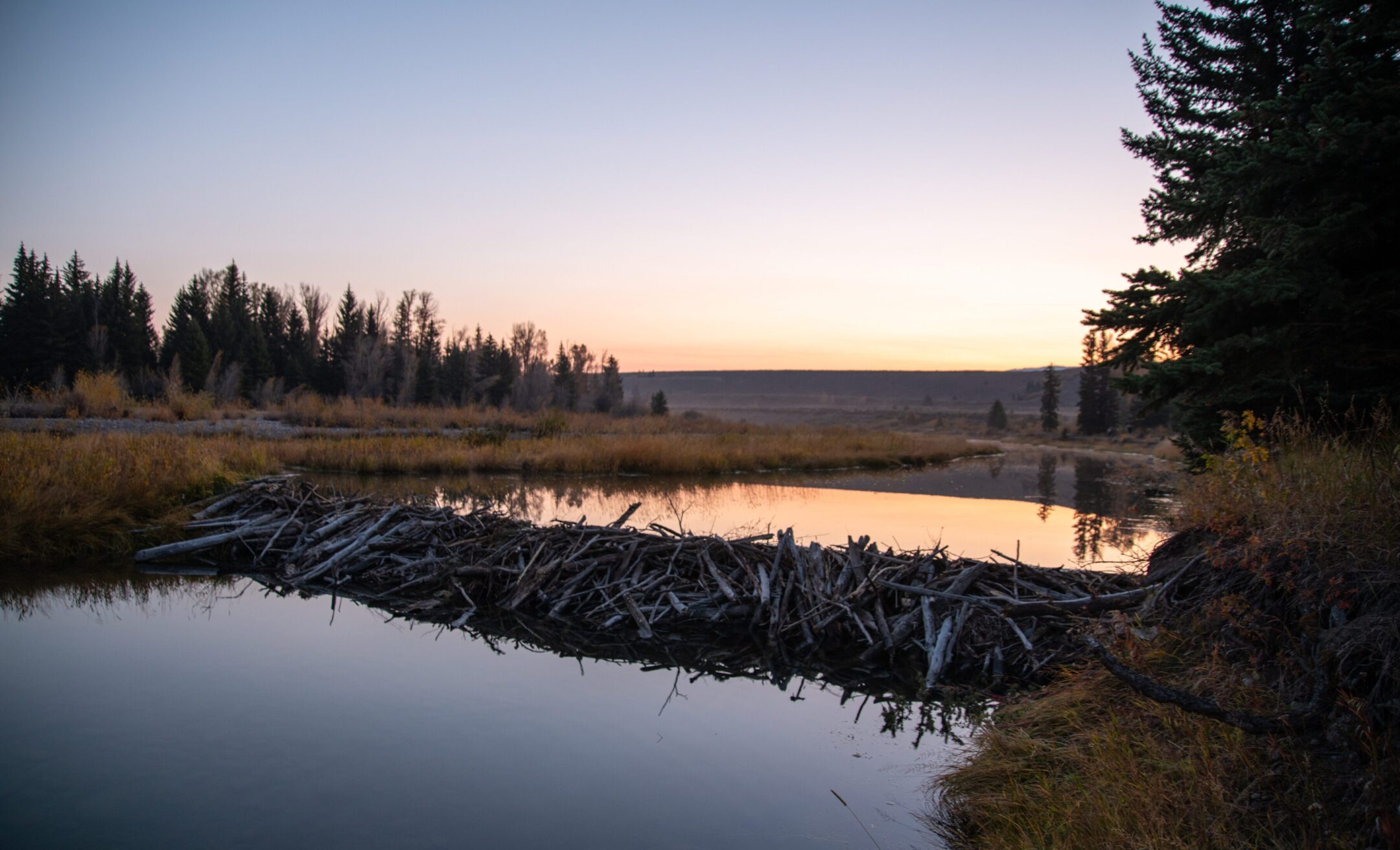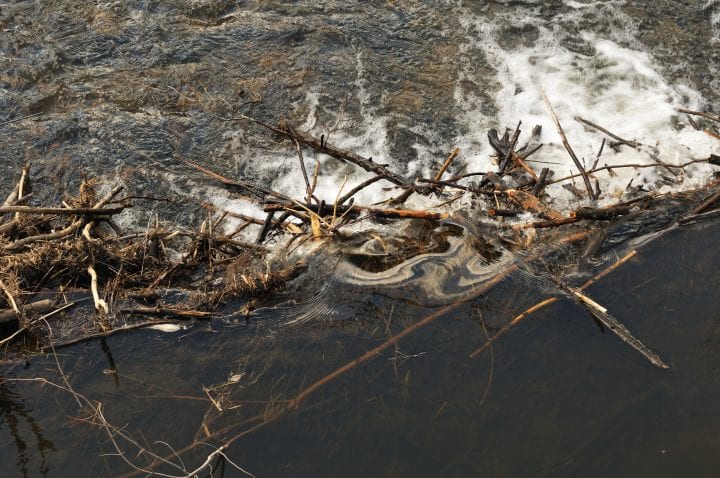Third Place - High School, National
UN Sustainable Development Goals Addressed
-

Goal 9: Industry Innovation & Infrastructure
-

Goal 15: Life on Land
2023 Youth Design Challenge
This design concept was developed by participants in the Institute’s Youth Design Challenge. The descriptions below are from the team’s competition entry materials.
School: Fryeburg Academy
Location: Fryeburg, ME
Coach: Jennifer Richardson
Team members: Gege (Grace) Liu, Jeehoo Lee, Jiwon Choi, Kyurim (Jennifer) Noh, May (Ki-Ok) Shin, Min Chae (Clodine) Kim

Innovation Details
What is the problem your team solved for this challenge? What is the problem addressed? How is the problem connected to the selected SDG?
The problem identified was soil erosion caused by the infrastructure of Jockey Cap hiking trails. Due to poor design, lack of prompt and proper maintenance, and consistent runoff from ice, snowmelt, and rain, the hiking trails have deteriorated, contributing large quantities of pollutants to various nearby habitats. Soil erosion and its resulting poor soil health also cause loss of as the number of plants decreases in areas nearby the trails. Though geotextiles are currently implemented as a solution to this problem, their defects-like susceptibility to clogging, short life span, and especially lack of effectivity on steep slopes-are non-neglectable.
How was your solution inspired by nature? What (at least two) organisms did you learn from? How effectively did you combine the biological strategies for the final design?
Inspired by the beaver dam, we applied this structure to the outer layer of our design, serving as a soil enrichment layer that increases biodiversity and lessens the impact of runoff. Below that layer is a supporting hemispherical cushion layer that biomimics the umbrella-like Yareta leaves, which automatically unfold to moderate the speed and amount of water going to the soil. Lastly, we employed the bent hooks of the scolex (head) of the pork tapeworm to adhere the previous parts of our design to the soil, preventing it from readily moving even on the steepest slope of the trails.
What does your design solution do? How does it solve or mitigate the problem you selected? How did what you learn inform your design?
The pattern of the beaver dam splits the current, effectively mitigating flooding, lessening the impact of overflow on soil health, therefore nurturing plant growth. By adopting Yareta’s durability in growing into a highly compact, dense mat, our design enhances the soil’s capacity to retain moisture, nutrients, and microorganisms. Its umbrella-like leaves also shield the soil and seedlings from runoff. Lastly, the hook-like scolex of the pork tapeworm adds stability to our design, allowing it to stand strong against the impact of human activity and extreme weather. Altogether, our design can alleviate soil erosion and its resulting environmental complications.

